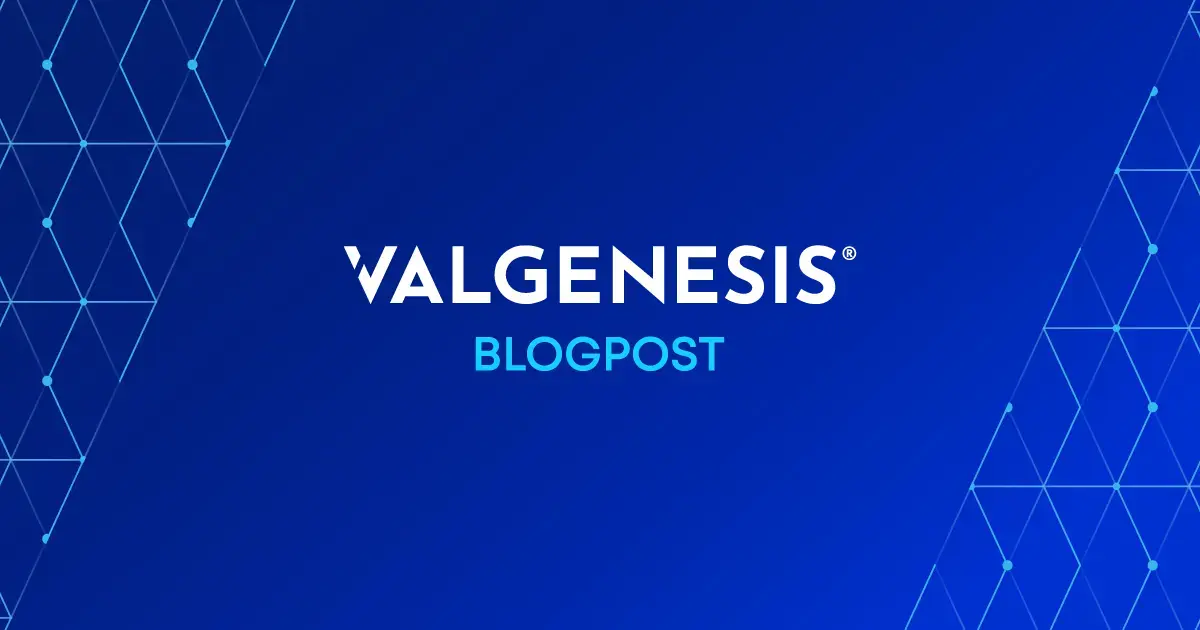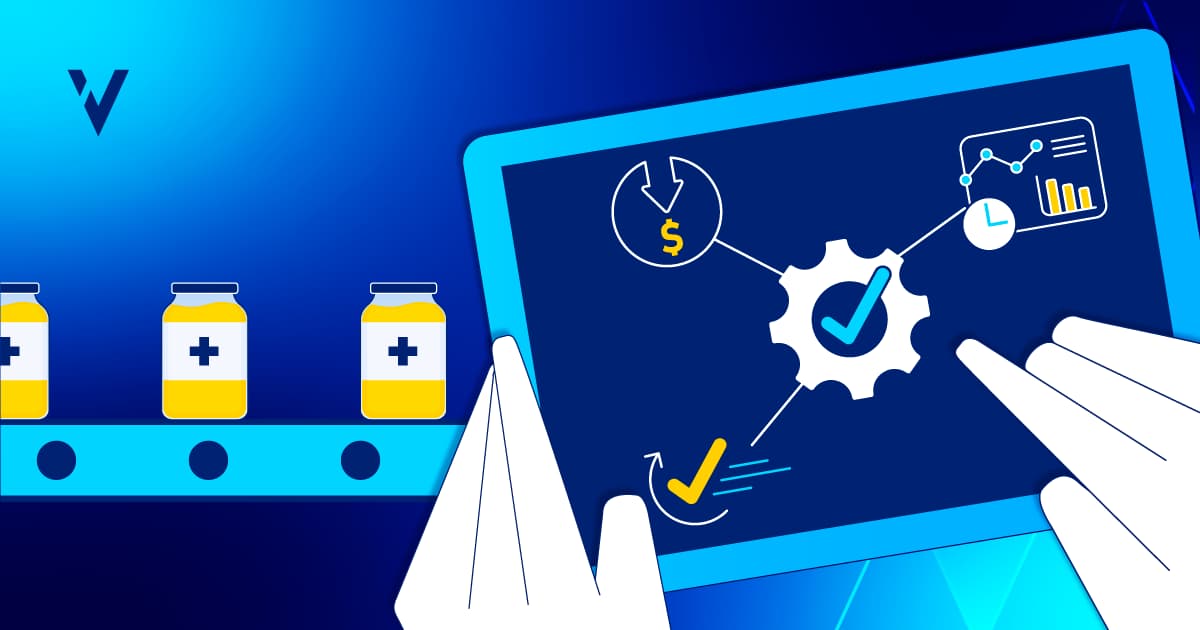The discovery and development of new drugs, at present, remains a lengthy and highly expensive endeavor. Typically, it takes between 10 to 15 years of research and testing to bring a new drug to market. The vast number of existing molecules that could potentially be tested as new drugs makes it impractical to study them all through traditional laboratory experiments.
Thanks to the integration of machine learning (ML) drug discovery might be undergoing its most transformative shift yet. This evolution is not only enhancing traditional methodologies but also paving the way for unprecedented efficiencies and breakthroughs in early-phase drug screening.
This blog post delves into how ML is changing R&D, specifically focusing on its application in early-phase drug discovery.
A Quick Overview of Machine Learning
Machine learning enables computers to learn from data and make predictions or decisions without explicit programming.
It is particularly useful when a complex task or problem involves a large amount of data and many variables but no existing formula or equation.
Prior to the year 2000, few published works on the application of Machine Learning (ML) in drug discovery were found in the literature, primarily due to limited data availability.
However, advancements in biotechnological and computational techniques have generated and made accessible vast amounts of molecular data. Significant initiatives have developed public repositories that provide standardized information on numerous molecules.
Two crucial databases, PubChem, and ZINC, were first released in 2004, followed by DrugBank in 2006 and ChEMBL in 2008. The availability of these extensive public databases has enabled the development and training of new ML models to aid in drug screening as illustrated in Figure 1 where a historical overview of the number of articles published in PubMed within this field is presented.

Figure 2: Timeline of Machine Learning main events in drug discovery field. Source: https://doi.org/10.1016/j.csbj.2021.08.011
Over the past decade, advancements in Machine Learning (ML) techniques have become highly prominent in the pharmaceutical industry, providing the means to expedite and automate the analysis of the vast amounts of data now available. ML, a subset of Artificial Intelligence (AI), focuses on developing and applying computer algorithms that learn from raw, unprocessed data to subsequently perform specific tasks.
Machine learning uses two techniques:
- Supervised learning, which trains a model on known input and output data (labeled data) so that it learns how to predict future outputs.
- Unsupervised learning, which focuses on identifying patterns or groupings within unlabeled data.

Figure 2: Machine learning techniques. Source: mathworks.com
Supervised Learning
Supervised learning involves creating a model that can predict outcomes based on known input data and responses despite the presence of uncertainty. An algorithm learns from a given set of input data and corresponding outputs, enabling it to predict responses for new, unseen data. This approach is ideal when the desired output is known.
Supervised learning encompasses two main techniques: classification and regression.
Classification techniques are used to predict discrete outcomes, such as whether an email is spam or whether a tumor is malignant or benign. Classification techniques are useful if the data can be labeled or grouped into specific classes.
Regression techniques are suitable when dealing with data representing a range or when the response is a real number like temperature or equipment failure time. Popular regression algorithms include linear regression, polynomial regression, and neural networks.
Unsupervised Learning
Unsupervised learning identifies hidden patterns or inherent structures in data without labeled responses, making it ideal for exploratory data analysis.
Clustering is the most prevalent unsupervised learning technique. It groups data into clusters to uncover hidden patterns.

Figure 2: Clustering finds patterns in data. Source: mathworks.com
Applications include sequence analysis, market research, and object recognition.
For example, an energy company can use clustering algorithms to optimize electric vehicle charging stations by identifying clusters of users and ensuring optimal service distribution. Common clustering algorithms include k-means, hierarchical clustering, and DBSCAN.
Machine Learning in Drug Discovery
In drug discovery, ML can analyze vast datasets to identify potential drug candidates, predict their behavior, and streamline the overall development process.
This is done by applying supervised learning through algorithms such as neural networks, partial least squares (PLS) regression (PLS), support vector machine (SVM) regression, and random forest (RF) regression to screen for properties and predict developability.
Benefits of Applying ML in Early-Phase Drug Screening
Applying machine learning in early-phase drug screening has many benefits, including speed and efficiency, cost reduction, and enhanced predicted accuracy.
Speed and Efficiency
Traditional drug discovery involves labor-intensive processes where each drug candidate must be screened manually. ML algorithms present an opportunity in that they can screen millions of compounds virtually (in silico), drastically reducing the time required for initial screenings.
Building generative deep learning models also allows for the creation of drug molecule candidates with specific (and desired) properties, exploring a larger chemical space more efficiently than traditional manual methods.
Cost Reduction
Consequently, ML allows you to predict the most promising candidates early, thus avoiding the high costs associated with extensive lab testing of ineffective compounds. Furthermore, models evaluate the physicochemical properties of drug candidates, ensuring they meet the desired product profile, thereby reducing the chances of late-stage failures.
Enhanced Predictive Accuracy
Another significant benefit of applying ML to R&D processes is the use of quantitative structure-activity relationship (QSAR) models. These models predict the biological activity of compounds, helping to identify those with the highest potential for success. For example, ML models can assess the binding affinity of numerous chemical compounds to a target, prioritizing the most promising ones for further testing.
In parallel, there are also inverse QSAR Models. Researchers use these models to design new compounds with targeted activities, making the drug discovery process more directed and precise.
ML algorithms generate new molecules with desired characteristics, accelerating the discovery of novel drugs with optimal properties.
How can you apply ML to R&D Screening Processes
One of the key methods is the in silico developability prediction model.
In silico methods predict how drug candidates will perform in the real world, minimizing the reliance on costly and time-consuming in vitro and in vivo tests.
Among the key techniques is the use of neural networks. These are particularly effective in handling complex datasets and identifying subtle patterns traditional methods might miss.
On the other hand, if the dataset is small- to medium-sized, a support vector machine (SVM) regression model can predict outcomes with high accuracy.
Another technique often used is partial least squares (PLS) regression. This technique models relationships between observed variables to understand how changes in one aspect affect another.
Last but not least is random forest (RF) regression. This ensemble learning method improves predictive performance by averaging the results of multiple decision trees.
ML in Process Development
Once a drug candidate is identified, ML plays a vital role in process development.
First, it allows for process optimization, with ML algorithms supporting the design and optimization of manufacturing processes, ensuring consistent product quality.
Additionally, they enable a digital twin of the manufacturing process, thus encouraging experimentation and optimization in a virtual environment and reducing the need for physical trials.
Real-World Impact and Future Directions
Implementing ML in drug discovery has transformed the landscape from a high-risk, high-cost endeavor to a more efficient, predictive, and cost-effective process.
Before the implementation of ML in drug discovery, the process involved tedious and expensive investigations of large chemical structures. It suffered from high failure rates and limited screening capacity.
Since its beginning, ML has allowed for the efficient exploration of chemical spaces through in silico methods, reducing failure rates and allowing the screening of billions of compounds. The future of ML in R&D looks promising, with continuous advancements expected to refine drug discovery processes further.
Conclusion
Machine learning is reshaping the field of drug discovery, especially during the early phases when the foundation of successful drug development is laid.
By integrating ML into R&D, life sciences companies can significantly reduce time and costs, enhance the accuracy of their predictions, and bring effective drugs to market faster. As ML technology continues to evolve, its applications in drug discovery will only become more robust, offering new possibilities and improvements in the quest for better medicines.
If you are considering implementing machine learning into your R&D process, ValGenesis offers a cutting-edge solution that you can explore.


